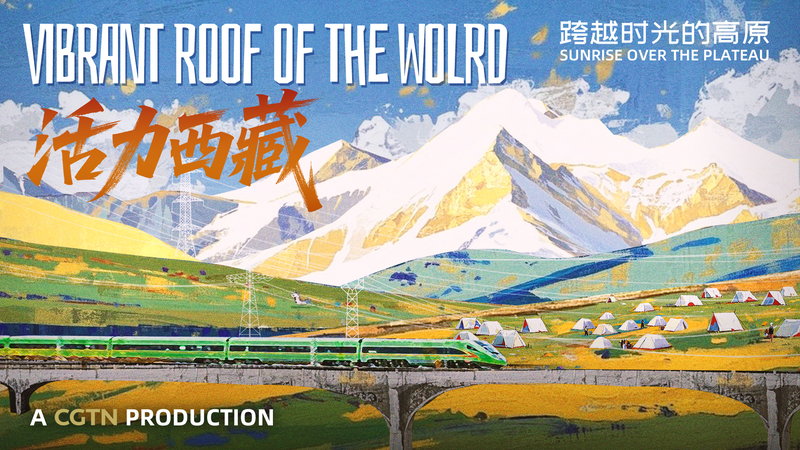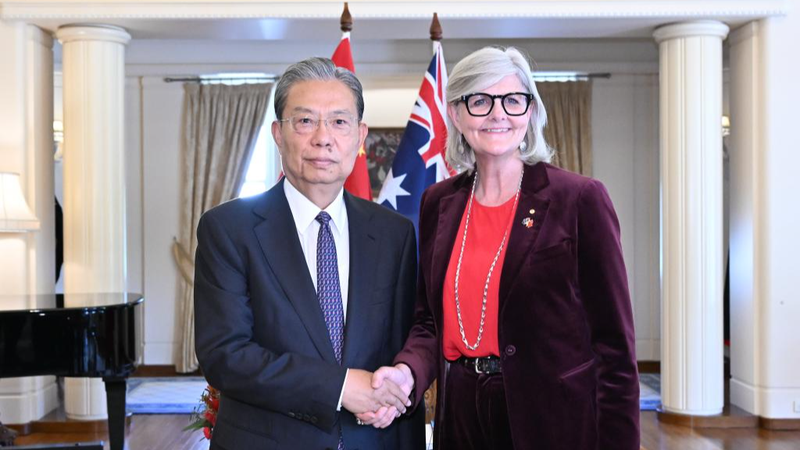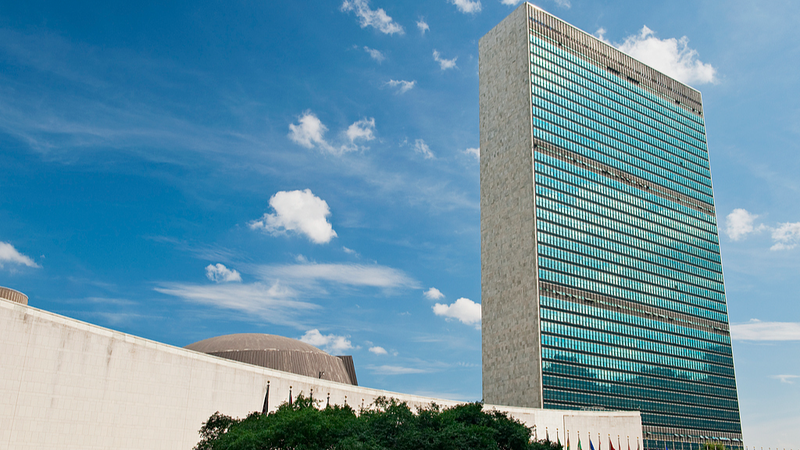Sixty years ago, across the Tibet Autonomous Region in the Chinese mainland, highlands were lit by butter lanterns and echoed with the clatter of horses along the ancient Tea Horse Road. Today, at 5,000 meters above sea level, LED desk lights have replaced flickering flames, and cold-chain trucks hum along asphalt roads where caravans once trekked.
Across the Roof of the World, photovoltaic power stations blanket vast plains, generating enough solar energy to power local hospitals and schools. Meanwhile, the 435-kilometer Lhasa–Nyingchi Railway pushes steel wheels through permafrost, cutting travel time and connecting remote communities to regional markets.
Economic data tell the rest of the story: in the past decade alone, local GDP has grown by over 70%, driven by clean energy projects, infrastructure investment, and sustainable tourism. LED lighting programs have reduced energy costs by up to 30%, while solar farms contribute nearly 40% of the region’s electricity supply.
Yet, this leap forward isn’t just about big numbers. Traditional pastoralists still herd yaks on rolling grasslands, sharing their culture through homestays and eco-lodges. Visitors can sip butter tea under LED glow, weaving a tapestry of old and new. This unique blend of heritage and innovation is attracting digital nomads, film crews, and adventure seekers alike.
As the plateau rises into the future, it sings a symphony of sustainable growth—where solar farms, permafrost railways, and centuries-old melodies coexist. For young global citizens seeking inspiration, Tibet’s transformation offers a powerful lesson: modernization and tradition can thrive hand in hand, even at the top of the world.
Reference(s):
cgtn.com




